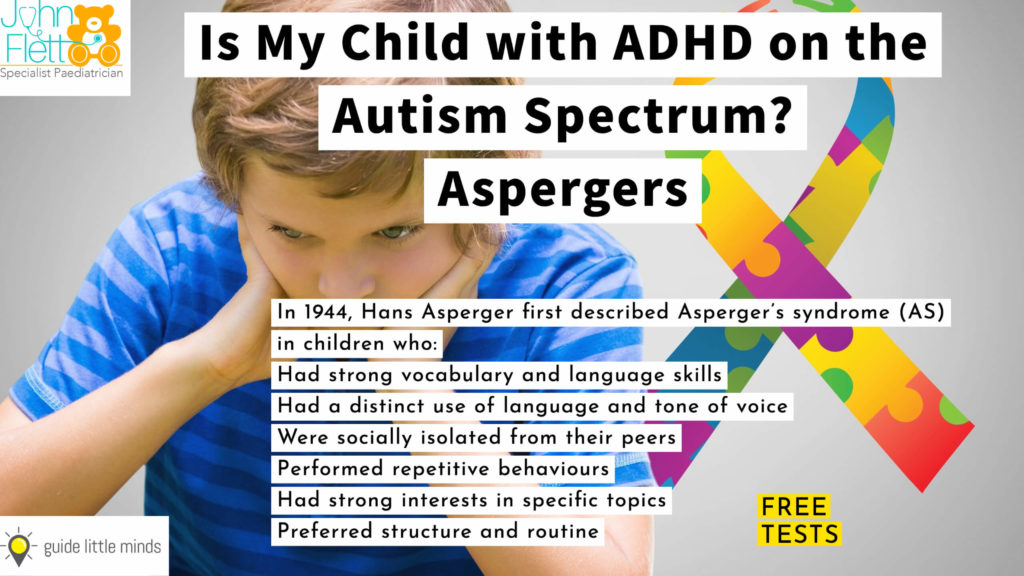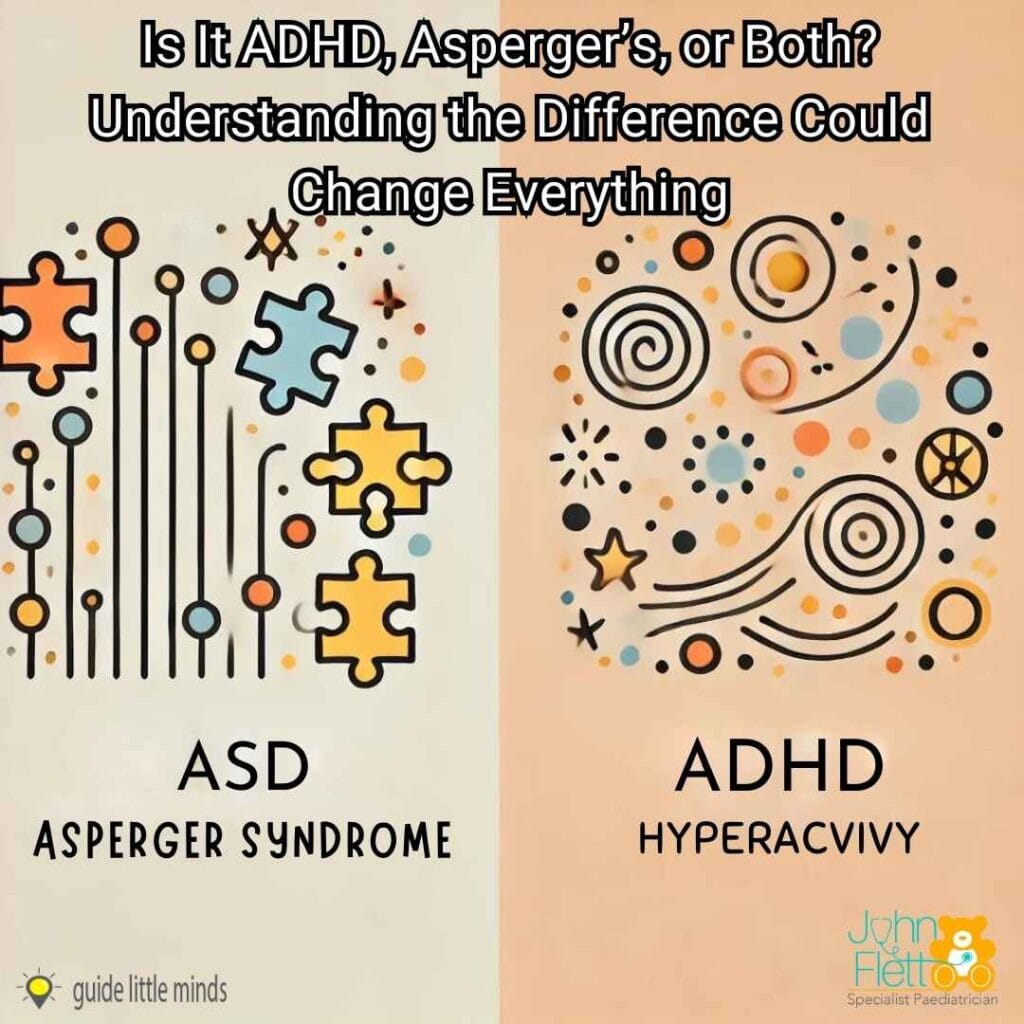ADHD, Autism, & Understanding the Overlap: A Comprehensive Guide

ADHD, Autism, & Understanding the Overlap: A Comprehensive Guide
The landscape of neurodiversity is vast and complex. Among the most frequently discussed conditions are ADHD and Autism Spectrum Disorder (ASD). But what happens when their symptoms overlap?
The ADHD & Autism Intersection
Autism, at times referred to as Autism Spectrum Disorder (ASD), has subsumed the characteristics earlier termed as Asperger’s Syndrome. It’s crucial to recognise that while many children demonstrating autistic traits might initially receive an ADHD diagnosis, these two conditions, though having overlapping symptoms, are distinct.
For instance, many children with autism display ADHD-like symptoms such as difficulty in settling, social awkwardness, a narrow focus on specific interests, and impulsivity. This can often lead to confusion in diagnosis.
Unraveling the Enigma of Autism’s Cause
The root cause of autism remains elusive. While a strong genetic link seems apparent, the interplay between genetic and environmental factors needs further exploration. The research journey is ongoing, seeking to provide clarity to countless families.
ADHD & Its Place Relative to Autism
ADHD and ASD do share certain traits. CHADD notes that over half of children with autism show ADHD symptoms. However, it’s essential to clarify that ADHD does not fall within the autism spectrum. A poignant story from a mother named John underscores this. Initially thought to have ADHD, John exhibited behaviours like pacing and rocking when disinterested. A subsequent evaluation suggested autism, leading to an Asperger’s diagnosis. This revelation was both a surprise and a relief for the family.
The Evolution of Asperger’s Syndrome
Hans Asperger, in 1944, characterised children with specific behaviours as having Asperger’s Syndrome. These children exhibited:
– Advanced vocabulary and language prowess
– Distinctive language use and voice tone
– Social isolation tendencies
– Repetitive behaviors
– Passionate interests in particular subjects
– Preference for structured routines
The American Psychological Association (APA), in 2000, bundled Asperger’s Syndrome within pervasive developmental disorders. But by 2013, the APA ceased using the term, opting instead for “autistic spectrum disorder (ASD).” This transition, aiming to simplify service access, has been met with varied sentiments. Today, while the medical community avoids the term, many laypeople, especially those diagnosed under the old system, still refer to themselves as “Aspies.”
Recognising Asperger’s: A Checklist
Communication Impairment:
– Functional and social language challenges
– Struggles with non-verbal cues like eye contact and body language
Social Interaction Difficulties:
– Challenges in developing age-appropriate friendships
– Difficulty in seeking shared joys and interests
– Limited social and emotional reciprocity
Restricted Interests:
– Intense, focused interests, often narrow
– Adherence to routines and rituals
– Repetitive behaviors, e.g., pacing or rocking
Why Parents Might Overlook Asperger’s
The uniqueness of a child’s special interests might appear charming to parents but peculiar to peers. For instance, a child engrossed in cloud formations might struggle with peer interactions at school. This social challenge often becomes glaringly evident as the child matures. Most children with autism have the desire for friendships but grapple with the nuances of social interactions.
-The Road to an Asperger’s Diagnosis and Treatment
If you suspect autism in your child, consider consulting experts in behavioural paediatrics. These specialists can provide insights through observations and evaluations. To facilitate a productive consultation, prepare a list of behaviours observed, any significant life changes, medications, and any questions you wish to address.
For children diagnosed with autism, early, specialised interventions focusing on behaviour and social skills can be invaluable. Cognitive behaviour therapy is a recommended approach to helping manage obsessive behaviour and anxiety.
School Accommodations for Asperger’s
Many educational institutions now provide tailored services for children with autism. These services can encompass language therapy, helping children navigate the basics of social interactions. Parents should advocate for these accommodations, ensuring they’re incorporated into their child’s individualised education program (IEP).
In conclusion, understanding the unique intricacies of ADHD and autism and their potential overlaps can ensure that children receive the support they deserve. As knowledge advances and as society becomes more attuned to neurodiversity, the hope is for every child to thrive in their unique way.


